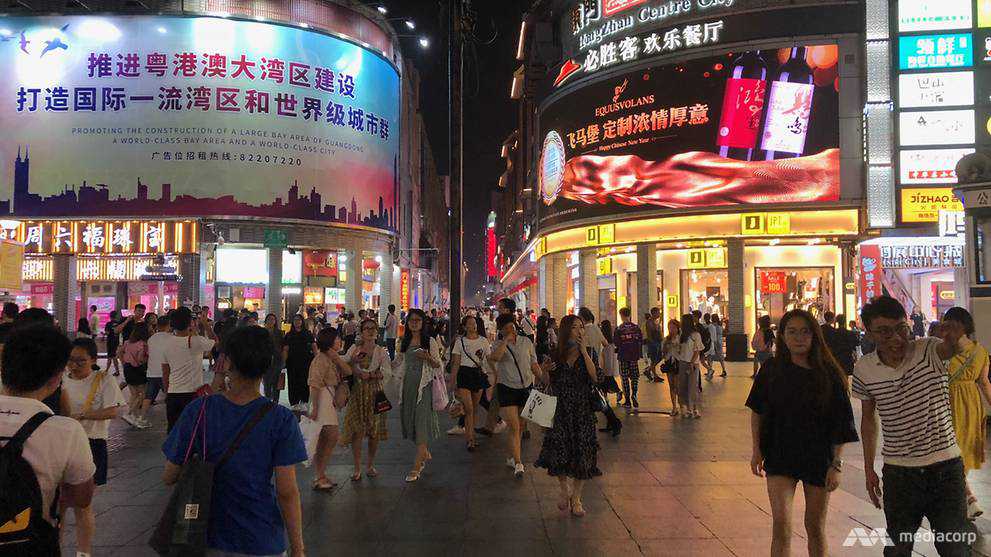Shenzhen's transformation: Looking back at the start of China's 40 years of reform
19 December, 2018

Seventy-five-year-old Zhang Bingxuan has lived in Shenzhen for more than 30 years.
He moved to the city in 1986 with his family, enticed by its prospects, even though it was still not quite the buzzing metropolis it is today.
“There was construction all around," recalled Mr Zhang. "When it rained, the roads would often be inaccessible, cars couldn’t pass ... but now, you see, the roads and the construction of the city are incomparable.”
Mr Zhang had hedged his bets on Shenzhen as it was named China’s first special economic zone in 1980.
Unprecedented reforms included a transition from a planned to a market economy, introducing privatisation and opening the market to foreign trade.
Mr Zhang’s bet paid off.
Shenzhen’s gross domestic product grew a giddy 26.9 per cent a year on average between 1980 and 2007, almost three times the national average of 10 per cent.
Today, Shenzhen is one of China’s most dynamic cities and home to a long list of technology giants from Huawei to Tencent. Last year, it was ranked the most appealing city for Chinese.
“This city is full of energy and is very young. It feels like there is a lot of hope here,” said 29-year-old Dong Jinglei, who moved from China's Liaoning province to work in the finance sector in Shenzhen three years ago.
About 13 million people call Shenzhen home. The city has an average age of about 32, making it one of the youngest cities in China.
“I feel that this city is more open and accommodating," added 27-year-old Lu Junrong. "Shenzhen has many businesses and various industries, it feels like as long as you are willing to work hard, you will be able to make it one day.”
As a flag-bearer, and also as a guinea pig, many Chinese cities have wanted to emulate Shenzhen’s success.
But experts say there were advantages unique to Shenzhen that helped bring about its successful transformation.
For instance, the city had seized on the relocation of industries from the four Asian tigers - Singapore, Hong Kong, South Korea and Taiwan - to China.
And its position next to the then-British ruled capitalist haven of Hong Kong provided vital early infusions of foreign capital, business expertise and a window to the world.
“Not only did the factories move over to Shenzhen, but how the city was organised and constructed was learnt from Hong Kong," said Executive Vice President of the China Development Institute Guo Wanda.
"Hong Kong was the teacher. Even social administration and many parts of government administration were learnt from Hong Kong. What is a market economy? How should land be sold? That was learnt from Hong Kong as well.”
However, analysts say that despite Shenzhen's achievements, there are challenges ahead.
For instance, as more coastal cities have opened up, competition has also intensified.
Said Economist at the Economist Intelligence Unit Yue Su: “Previously, lots of foreign direct investment in China wanted to take advantage of China’s lower labour cost, but nowadays I think the target for a lot of foreign direct investment is to get access to domestic markets.
"So that means they would shift their investment from Shenzhen to a more wealthy province."
Still, Shenzhen is the most successful model of China’s reform and opening up programme - a process that President Xi Jinping vowed to continue during a recent trip to the city.
But doubts about China’s economic model - a combination of authoritarian one-party rule and raw capitalism on the ground - are on the rise as the country’s growth continues to lose steam, decelerating from 6.7 per cent to 6.5 per cent in the third quarter.
Therefore, some experts suggest that Shenzhen’s next mission should be to pioneer the deeper political reforms that Mr Deng had backed away from.
TAG(s):
